As the overture to Charles Gounod’s opera Roméo et Juliette begins, the curtain rises to reveal two large groups of men and women dressed in Mafiosi-like grey coats and fedora hats pointing pistols threateningly at each other against a backdrop of damaged buildings.
Two small children, one male and one female, enter from either side of the stage and try to interrupt the standoff. Though guns are then pointed at them, the children each assemble a marble statue from fragments lying on the stage, reconstructing the broken emblems of the feuding houses of Montague and Capulet.
This moment adverts both to gang violence and to war and its consequences for future generations, and director Rodula Gaitanou brilliantly thrusts Shakespeare’s story into the contemporary world. The two children represent the next generation of victims of the feud, the origins of which are long forgotten.
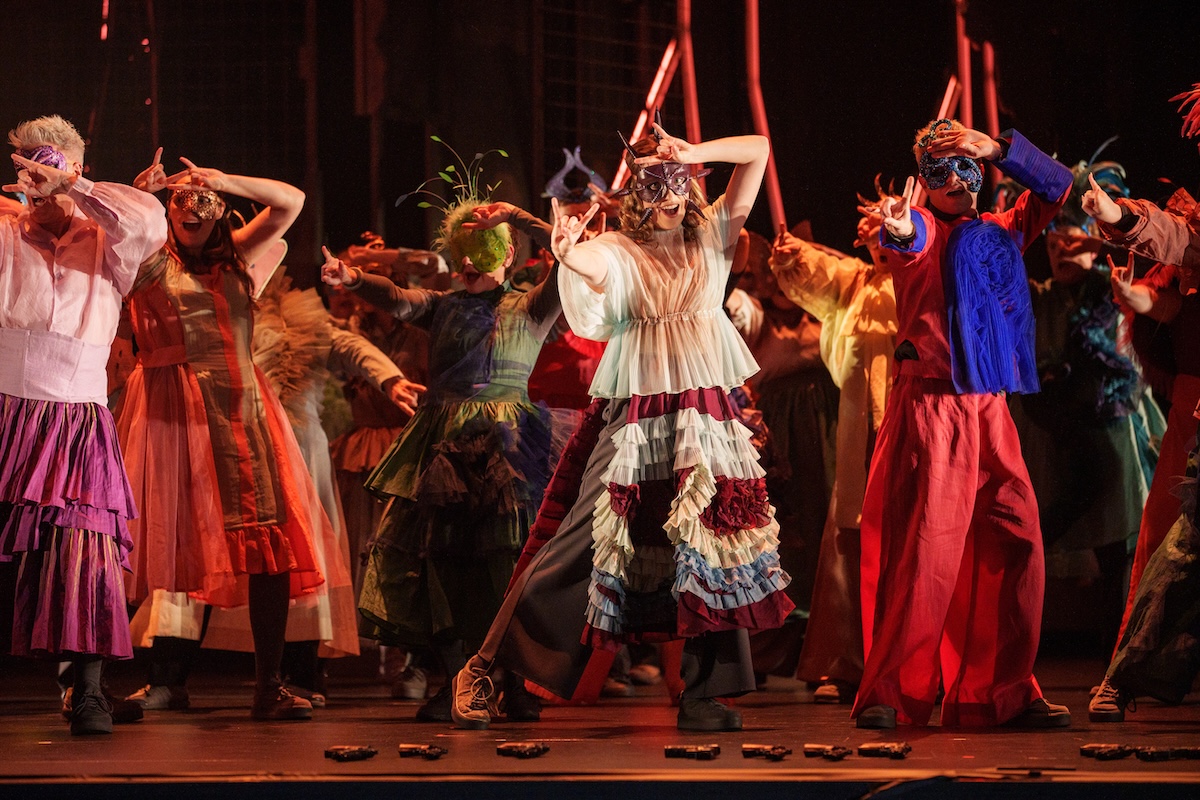
State Opera South Australia’s Roméo et Juliette. Photo © Andrew Beveridge
In Act I, the house of Capulet is holding a ball to celebrate Juliette’s coming of age. Shakespeare’s Juliet is barely into her teens, while Gounod’s...
Continue reading
Get unlimited digital access from $4 per month
Already a subscriber?
Log in



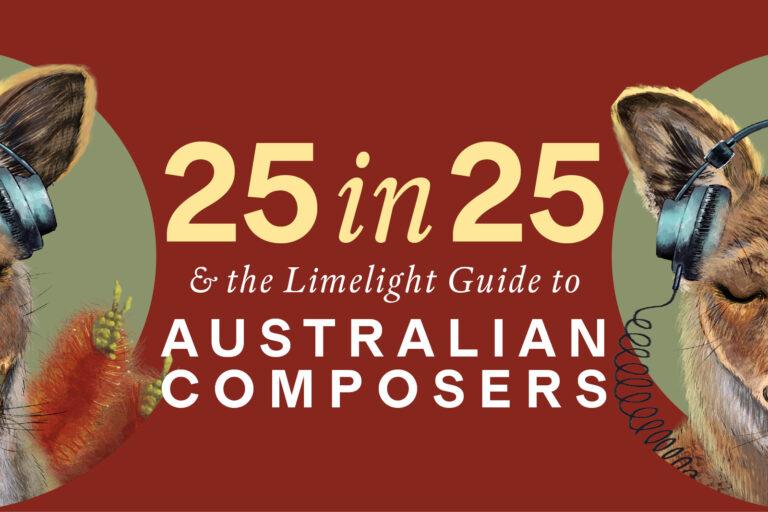

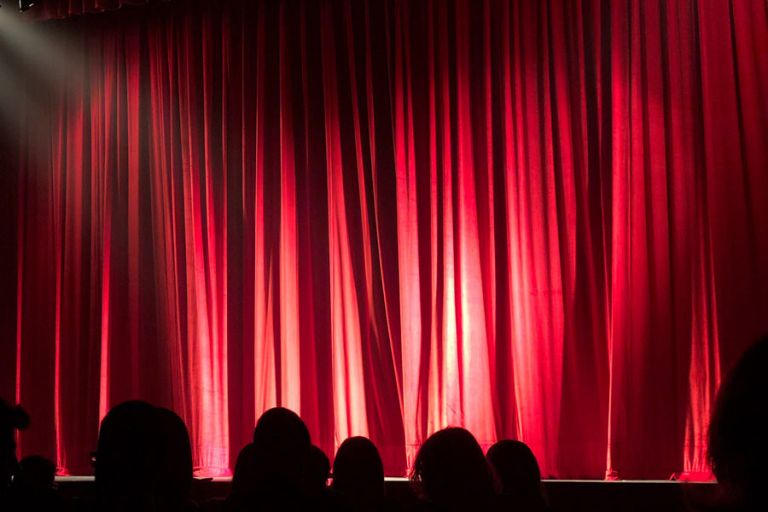
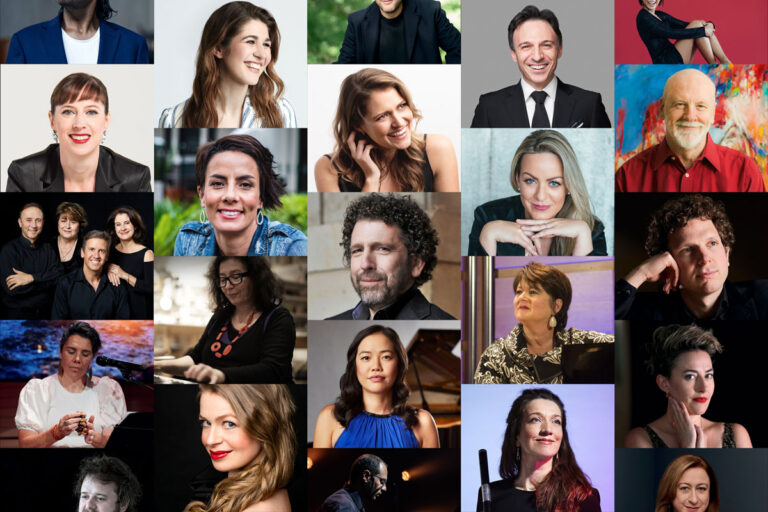
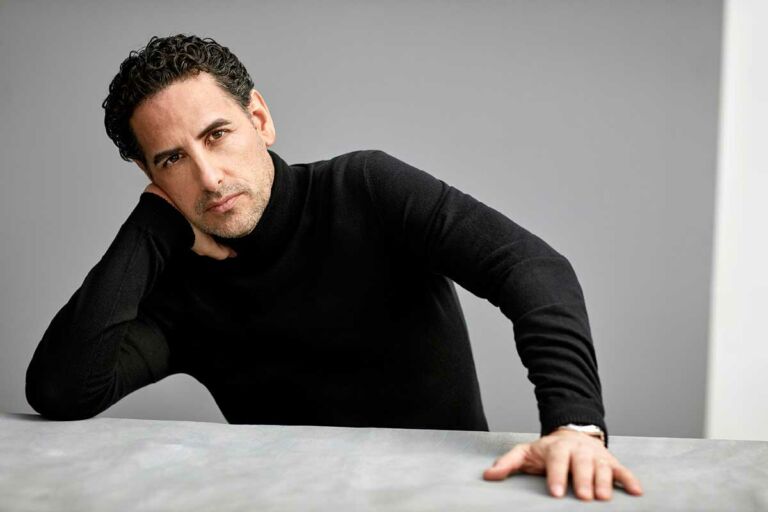

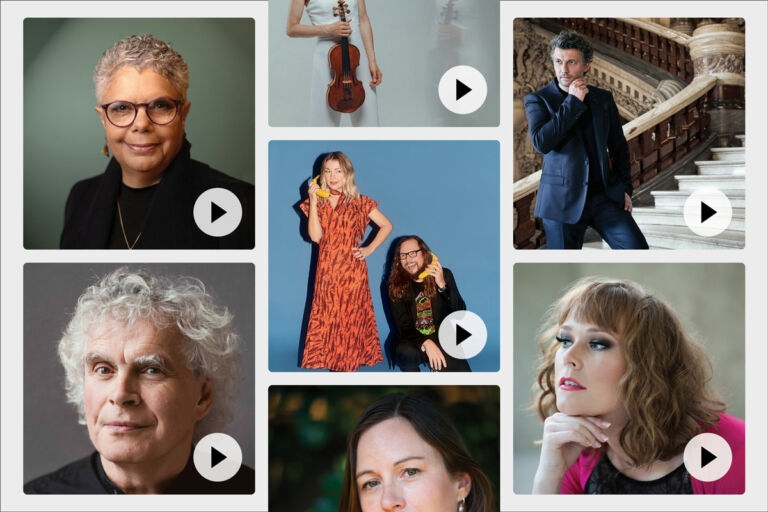

Comments
Log in to start the conversation.